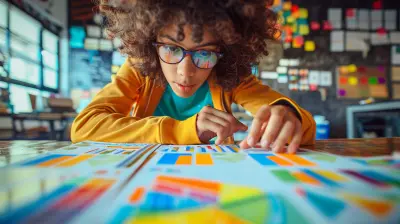Collaborative Learning: Encouraging Teamwork in the Classroom
11 August 2025
Have you ever walked into a classroom where students were buzzing with energy—talking, sharing ideas, scribbling madly on whiteboards, and laughing? You might think it’s chaos, but look again. That’s collaboration in full swing. And when done right, collaborative learning isn’t just noise—it's magic.
Buckle up, because we're about to dive headfirst into the mysterious world of collaborative learning. It's not just a classroom trend. It's a game-changer that transforms silent rows into buzzing beehives of teamwork and innovation.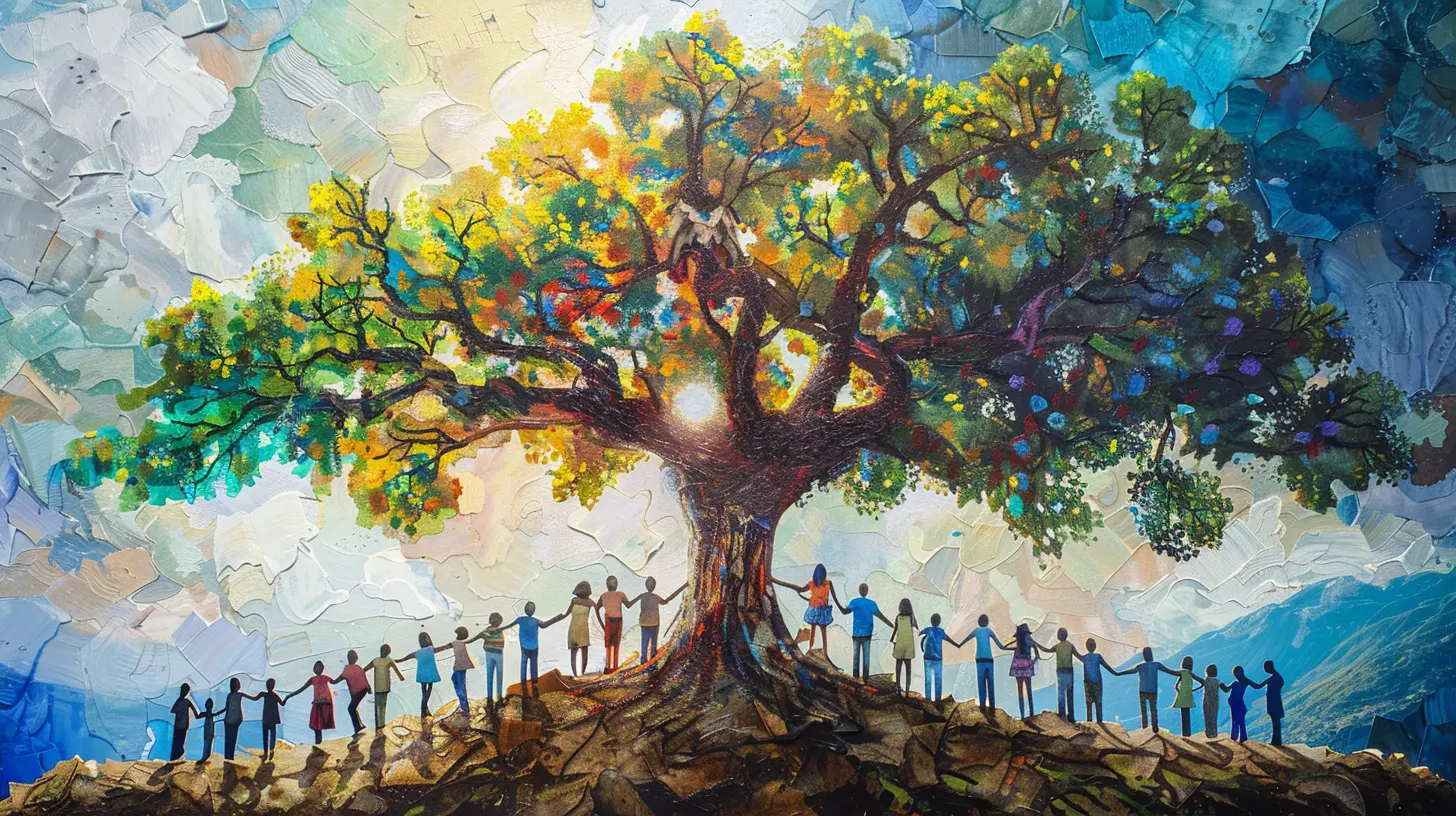
What Is Collaborative Learning, Anyway?
Let’s start with the basics. Collaborative learning is more than just students sitting together. It’s a teaching strategy that encourages students to work in groups to complete tasks, solve problems, or explore complex concepts.But here’s the twist—it’s not about dividing tasks. It’s about diving deep into shared knowledge pools, challenging each other, and building something greater together. Think of it as a potluck dinner. Everyone brings something to the table. The result? A feast of ideas.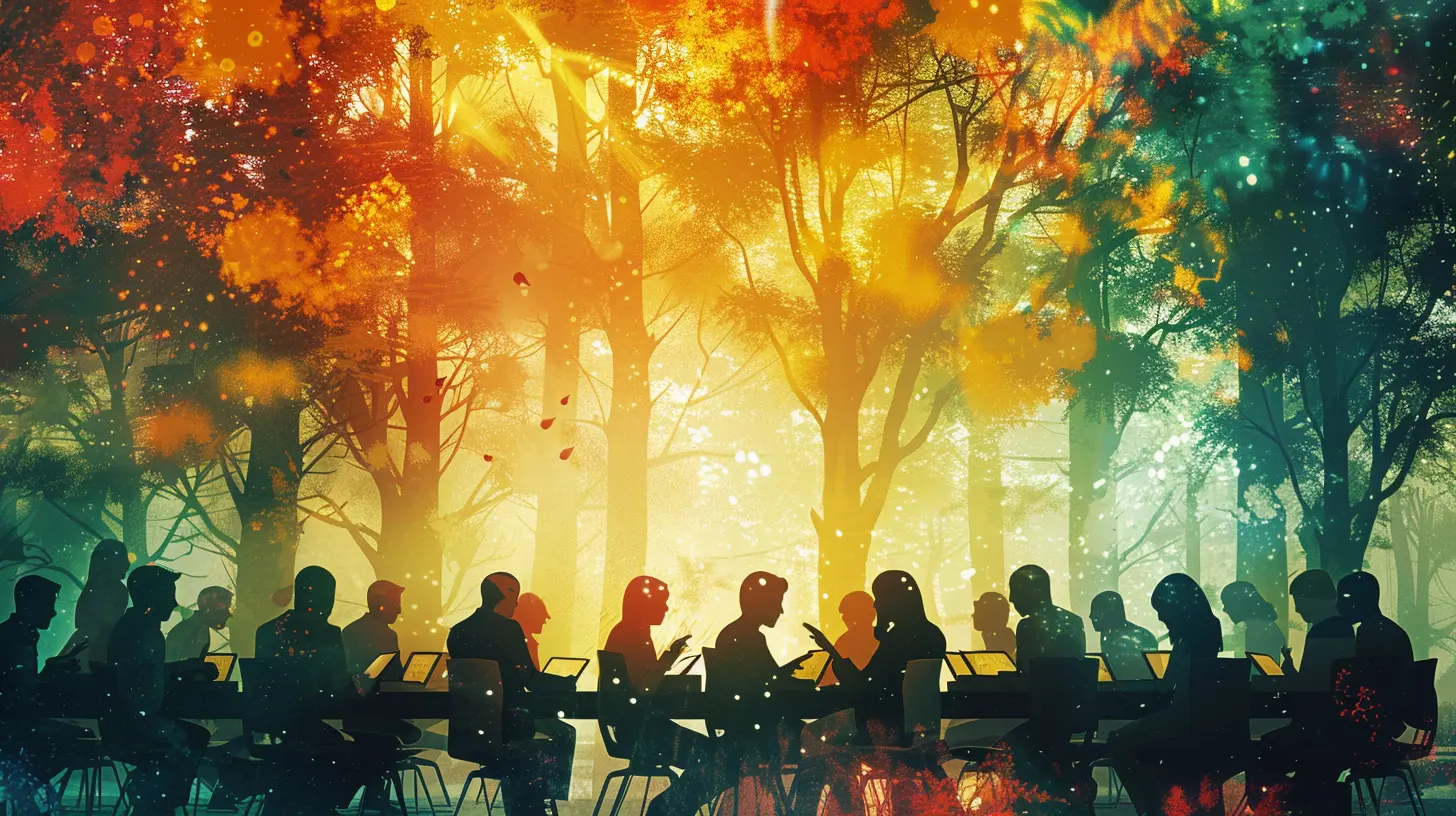
Why Collaboration Matters in a Cramped Classroom
In a world that's racing towards innovation, teamwork isn’t just a skill—it’s survival. We’re no longer solo runners; we’re part of a relay team. From corporate offices to scientific labs to filmmaking crews—collaboration fuels success.So why not start developing those muscle groups early, right in the classroom?
When students collaborate:
- They learn to listen and compromise.
- They build empathy and patience.
- They stretch their thinking by considering diverse perspectives.
- They become less afraid of making mistakes—mistakes become stepping stones instead of stumbling blocks.
It’s more than academic. It’s life skills training in disguise.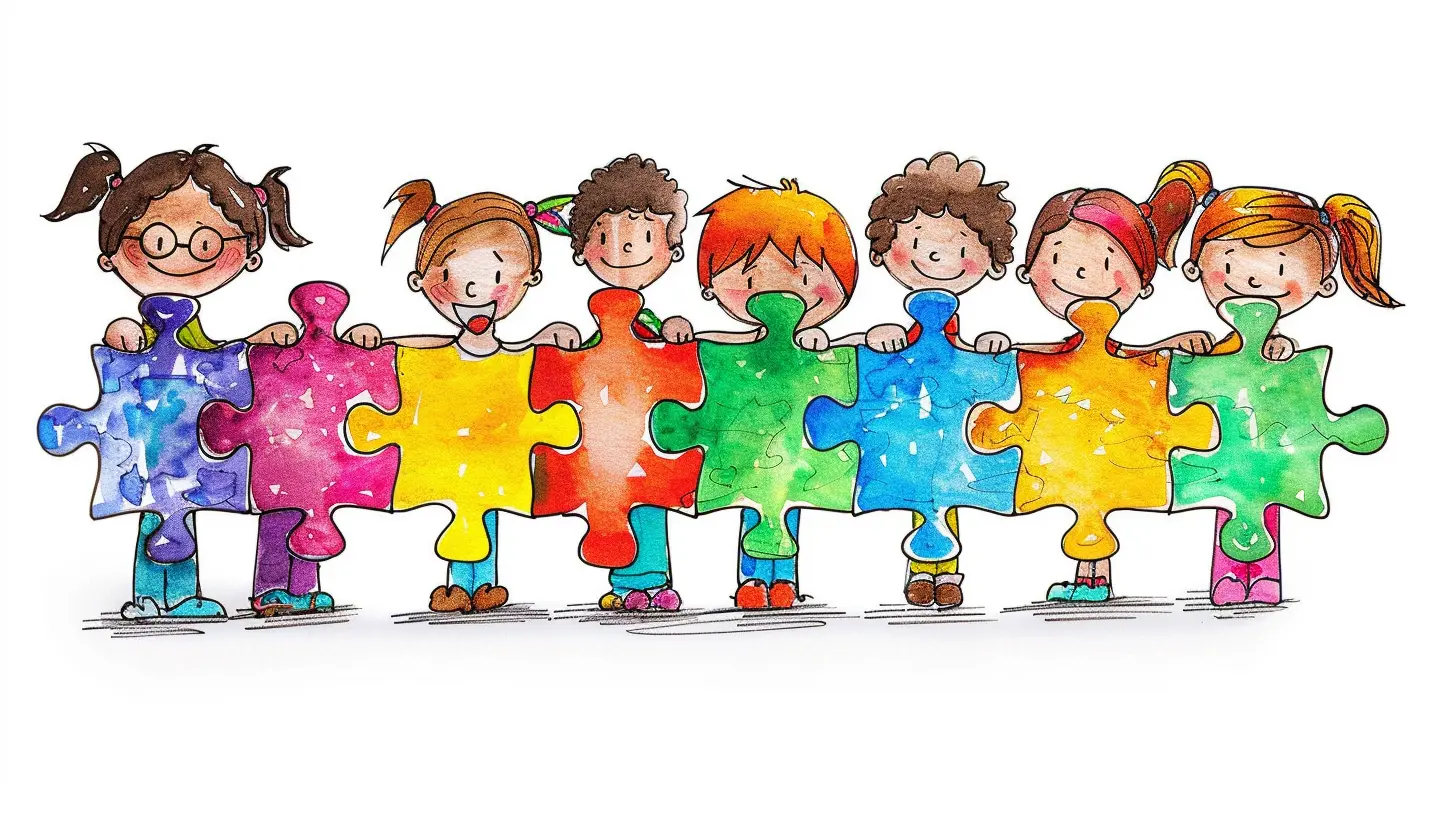
Too Good to Be True? The Hidden Power Behind Group Work
Still skeptical? Think it’s just a sneaky way to make students do the teacher's job?Let’s peel back the curtain.
Collaborative learning actually improves:
- Critical thinking: Students debate, defend, and revise their ideas in real-time.
- Retention: Ever notice how explaining something makes you remember it better?
- Engagement: Group tasks are less snooze-worthy than lectures.
- Confidence: Every small win in a team effort boosts self-belief.
Yes, sometimes it gets messy. Some students dominate, others fade into the background. But these challenges are not bugs—they're features. They reveal social dynamics that teachers can shape into powerful growth opportunities.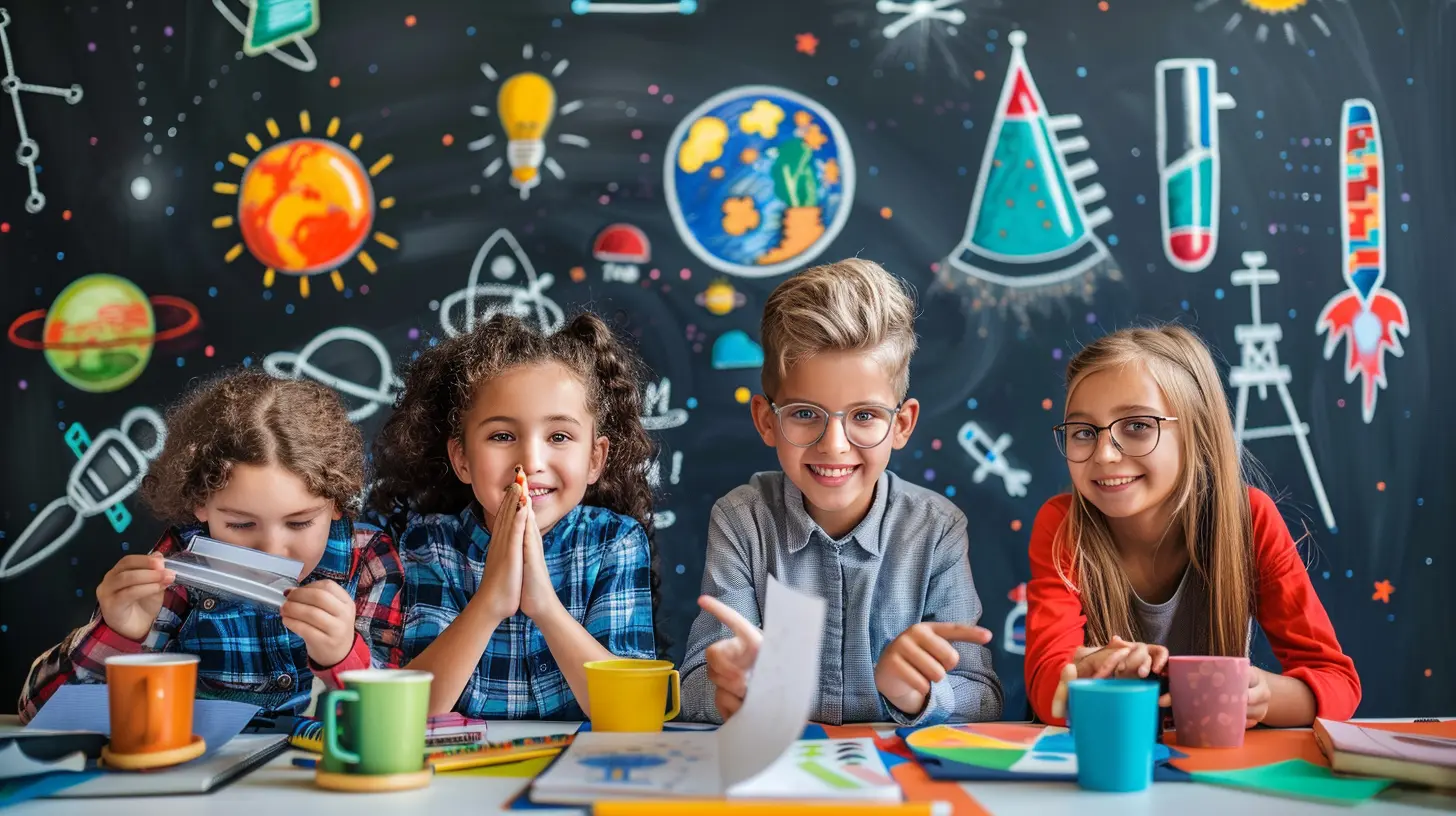
Forms of Collaborative Learning That Actually Work
So how do we move from theory to practice? Here’s a menu of collaborative learning formats that aren’t just practical—they’re proven.1. Think-Pair-Share
Let’s keep it simple. A question is posed. Students think independently. Then they pair up and share their thoughts. Suddenly, a silent classroom comes alive with discussion.It’s less intimidating than speaking in front of the whole class, and it builds verbal reasoning skills. Plus, it's a sneaky way to get introverts involved.
2. Group Projects with Purpose
No, not the dreaded "One person does all the work" project. I’m talking about structured group work—with clear roles like researcher, note-taker, presenter, and evaluator.Everyone brings their A-game. Accountability is built-in. And guess what? It mirrors real-world teamwork more than any multiple-choice test ever could.
3. Peer Teaching
One of the fastest ways to learn something? Teach it. When students explain concepts to classmates, magic happens. The content sticks. Misunderstandings surface. And shy students often shine brighter as tutors than test-takers.4. Discussion Circles
Instead of a single speaker, imagine a fishbowl setup where inner circle members debate while the outer circle observes. Then they switch.It’s like intellectual tag. Fast-paced, engaging, and it levels the playing field.
The Teacher’s Role: From Commander to Coach
Here’s where it gets juicy. Teachers aren’t dictators in a collaborative classroom. They’re facilitators. Guides. Referees.It takes a mindset shift, but the payoff is enormous.
Teachers in collaborative environments:
- Set the tone of mutual respect
- Design challenges that demand multiple minds
- Intervene when groups struggle—but don’t jump in too soon
- Celebrate effort as much as results
Think of yourself as the conductor of an orchestra. You don’t play every instrument. You guide the tempo, bring harmony, and help each player shine.
Common Pitfalls (And How to Dodge Them Like a Pro)
Alright, let’s get real. Collaborative learning isn’t all rainbows. Things can go sideways. Fast.Here are a few traps to avoid:
Pitfall 1: One Dominates, Others Hibernate
Fix: Assign roles. Rotate them regularly so everyone gets to lead and support.Pitfall 2: Groupthink
Fix: Encourage “devil’s advocate” roles. Make questioning the norm, not the exception.Pitfall 3: Assessment Nightmares
Fix: Use both individual and group assessments. Peer reviews can be gold if done right.Pitfall 4: Chaos in the Classroom
Fix: Set ground rules. Structure doesn’t kill creativity—it enhances it.Digital Tools That Supercharge Collaboration
We live in a tech-rich world. Why not use it to fuel collaboration?Check out these digital superheroes:
- Padlet: A collaborative digital board for brainstorming.
- Google Docs: Real-time co-editing—perfect for writing projects.
- Flipgrid: Video discussions made easy (and fun).
- Kahoot!: Quizzes that spark friendly competition and teamwork.
These tools don’t just enhance collaboration—they document it, which makes assessment a breeze.
Real Stories from the Trenches
Let me tell you about a middle school science class that tackled climate change through collaborative learning.Each group represented a different stakeholder: farmers, city officials, environmentalists, and factory owners. They had to research impacts, defend their stance, and work towards a mutual solution.
The result? Passionate debates, wild ideas, and a final group presentation that blew the principal's socks off. More importantly? Students remembered the lesson months later.
That’s the power of learning through doing—and doing it together.
Final Thoughts: It’s Messy, But It’s Worth It
Yes, collaborative learning can be unpredictable. Personalities clash. Progress zigzags. But isn’t that what real life looks like?In a world that values agility, creativity, and empathy, teaching students how to navigate the waters of teamwork might just be the most important lesson of all.
So, let’s stop treating collaboration as an add-on and start seeing it for what it truly is—a core pillar of modern education.
Let’s open up the classroom, invite chaos, and shape learners who don’t just absorb knowledge… but build it together.
all images in this post were generated using AI tools
Category:
Teacher ResourcesAuthor:

Olivia Chapman
Discussion
rate this article
1 comments
Rebecca Lambert
In the garden of minds, where ideas bloom, Collaboration ignites, dispelling the gloom. Together we rise, hand in hand, Building knowledge, a unified stand. In teamwork’s embrace, we find our way, Learning blossoms bright, day by day.
August 28, 2025 at 11:06 AM

Olivia Chapman
Thank you for your inspiring reflection! It beautifully captures the essence of collaborative learning and the power of teamwork in fostering growth and creativity in the classroom.

